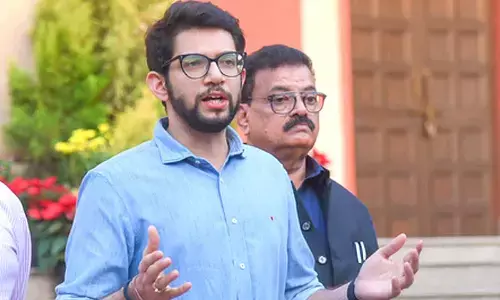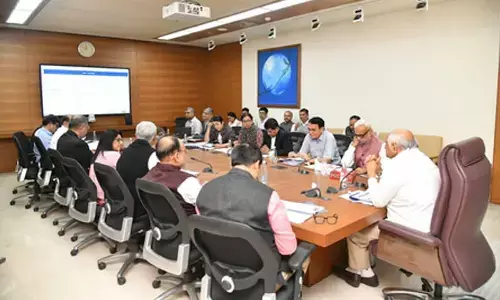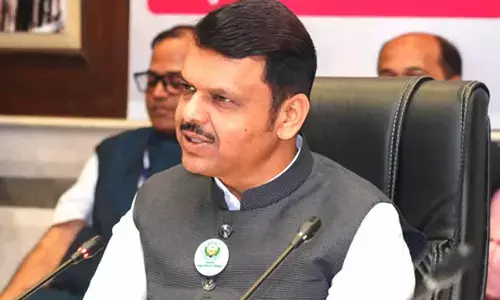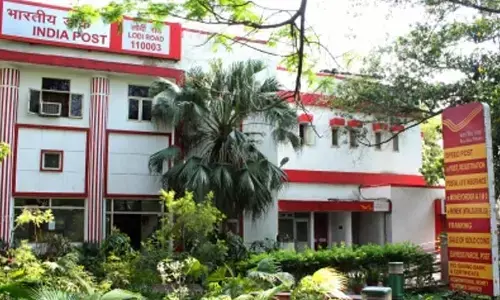Steps to safeguard natural springs gain momentum
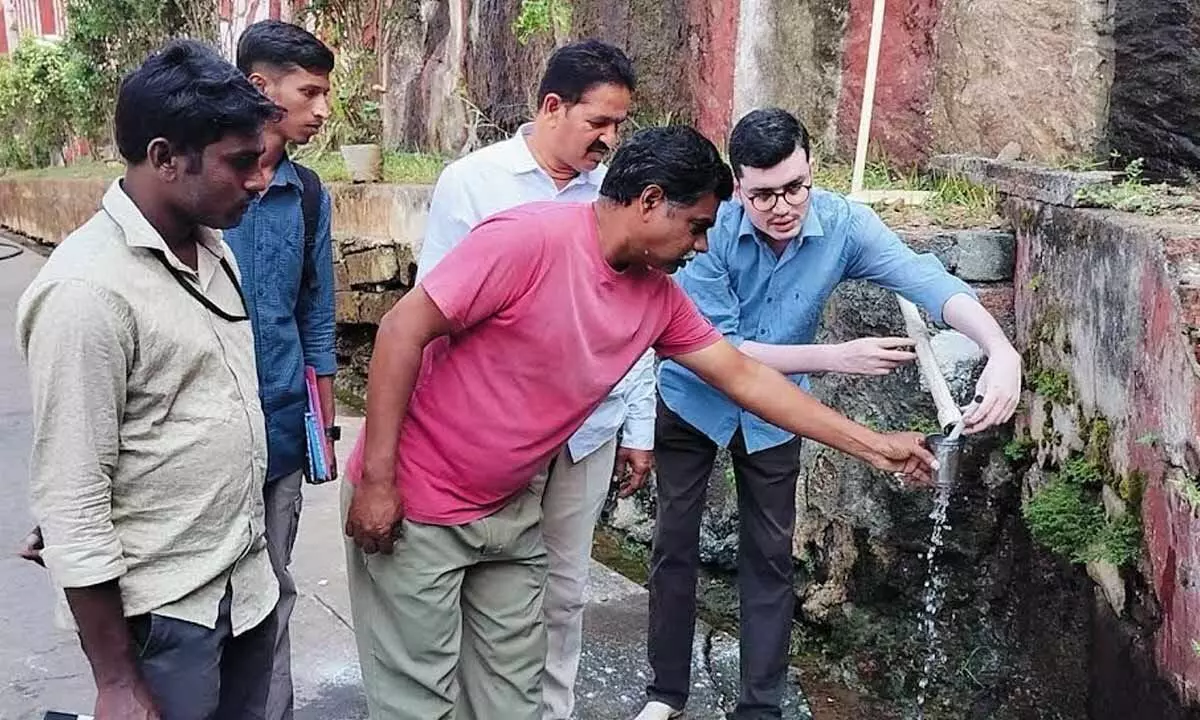
Temple rituals and their contribution to the temple’s ecosystem were highlighted
Visakhapatnam: In a significant step towards safeguarding natural springs in Visakhapatnam, ensuring ecological restoration, empowering local communities with sustainable water resource management in the Simhachalam hill ranges, an action plan has been readied by the district administration.
Simhachalam hills are at an altitude of 800 feet from the MSL (mean sea level). The noteworthy feature of the hill is abounding in perennial rivulets, springs and seepages. Interestingly, the names of the nearby settlements are Simhachalam Dhara, Seethammadhara and Madhavadhara, where ‘dhara’ refers to the springs.
Earlier, there were more than 14 springs in the Simhachalam Hills. But now locals were able to list only a few such as Gangadhara, Naagadhara, Saagidhara, Aakasadhara, Pichhukadhara, Madhavadhara, Seekudhara, Pulletidhara.
Among them, Gangadhara, Nagadhara, Saagidhara are almost perennial, while Aakasadhara and Pichhukadhara are seasonal. The Simhachalam ranges extend up to 15-km but the southern facing valley have many springs due to joints and some of the breakages at these joints have resulted in micro valleys. Geologically, Simhachalam rock has a property of charnockite which is a metamorphic rock with variable chemical composition. The Simhachalam temple meets all water requirements without the necessity of a borewell or facilitation of water from the Greater Visakhapatnam Municipal Corporation.
In fact, several attempts were made to discover the origin of the water springs at Simhachalam but in vain. Thousands of devotees visit Simhachalam temple and over 2,000 devotees per day stay in the hotels and guesthouses in this area. Recently, a team from the Centre for Urban Water Resources (CURE) made a field visit to identify the existing springs with the support of locals.
In addition, a workshop was organised by Development of Humane Action (DHAN) Foundation, Visakhapatnam Metropolitan Region Development Authority, and Sri Varaha Lakshmi Narasimha Swamy Devasthanam.
In line with it, the officials focused on Visakhapatnam’s unique spring-shed ecosystem, a rare feature present in urban India, and an urgent need to conserve it.
CEO of the water programme, DHAN Foundation V Venkatesan emphasised the importance of preserving this ecological asset, integrating cultural and community knowledge, and addressing environmental challenges through multi-stakeholder collaboration.
Highlighting the Andhra Pradesh government’s commitment to sustainable conservation, Commissioner of VMRDA K. S. Viswanathan signed a memorandum of understanding between DHAN Foundation and VMRDA to advance long-term conservation efforts.
As of now, the foundation conducted a fieldwork and identified 34 springs, mapped 18 springs, collaborating with tribal communities to locate additional water sources. Earlier, Executive Officer of Simhachalam Devasthanam V. Trinadha Rao explained the essential role springs play in temple rituals and their contribution to the temple’s ecosystem and brought its relevance to the notice of district administration.
He stressed that preserving these springs is vital in maintaining the temple’s cultural heritage and ecological balance. He emphasised the temple’s willingness to work closely with other stakeholders and integrate traditional water management practices with modern conservation methods to achieve sustainable outcomes.
The workshop focused on preparing a detailed conservation and management plan for Simhachalam’s springs. Immediate priorities include structural and vegetative interventions, enhanced community engagement and field visits to assess spring conditions.
Over 20 actionable points were identified, with responsibilities assigned to relevant stakeholders. The initiative aims to address environmental degradation and foster collaborative solutions to restore the springs’ ecological and cultural significance.
In the initiative, the forest department, academic experts from Andhra University, GITAM Deemed to be University, NGOs such as VJNSS and WCTRE, and community groups like Kalasagiri Kalanjiam Samakhya will work together. These organisations will play pivotal roles in contributing technical expertise, promoting biodiversity, and ensuring community-driven conservation.









